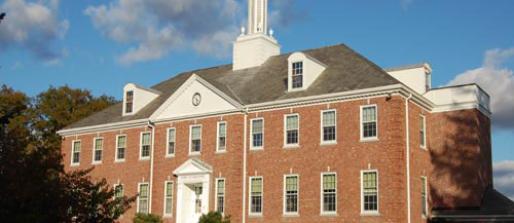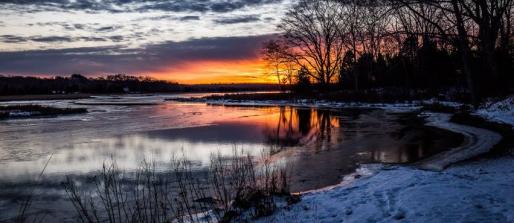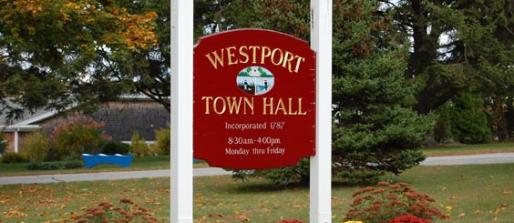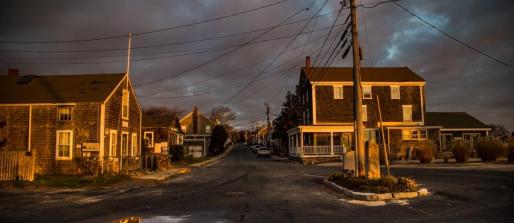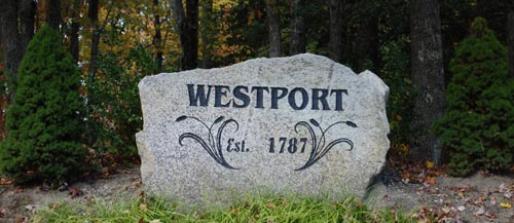History
Westport, so named because it was the westernmost port in the Massachusetts Bay Colony, was first settled in 1670 as a part of the town of Dartmouth by members of the Sisson family. The river, and the land around it, was called "Coaksett" in the original deed; the name, now spelled "Acoaxet," lies in the southwest along the western branch of the Westport River. Westport was one of many towns affected by King Philip’s War (1675 -1678), the conflict between Wampanoag tribes and English settlers. Several small mills were built along the Westport River, and in 1787, the town, along with the town of New Bedford, was separated from Dartmouth.
Our most illustrious citizen was a Native American-African American Quaker businessman, sea captain, patriot, and ship builder named Paul Cuffe who lived from 1759 to 1817.Cuffee became one of the richest black men in the United States at the time. He tried to settle free black craftspersons in Sierra Leone to begin the process of developing alternative income sources from slavery. He started the first integrated school in America and was well known for his dignity, charity, and clear thinking.
There were several mills along the river and streams the largest of which was at the junction of the river with Lake Noquochoke on the Dartmouth town line. The Macomber turnip traces its ancestry to turnips sowed in Westport shortly after 1876. During the Second World War, a coastal defense structure was installed on Gooseberry Island. The Town is now mostly residential, but with sizeable farming and fishing activities. Westport is a Right to Farm community and there is an active Westport Fishermen's Association. Horseneck Beach State Reservation, located to the north and west of Gooseberry Island, is a popular summer destination and Westport Point Historic District is a popular destination which features preserved historic homes dating from the 1700s which reflect the important role whaling played in its history.


